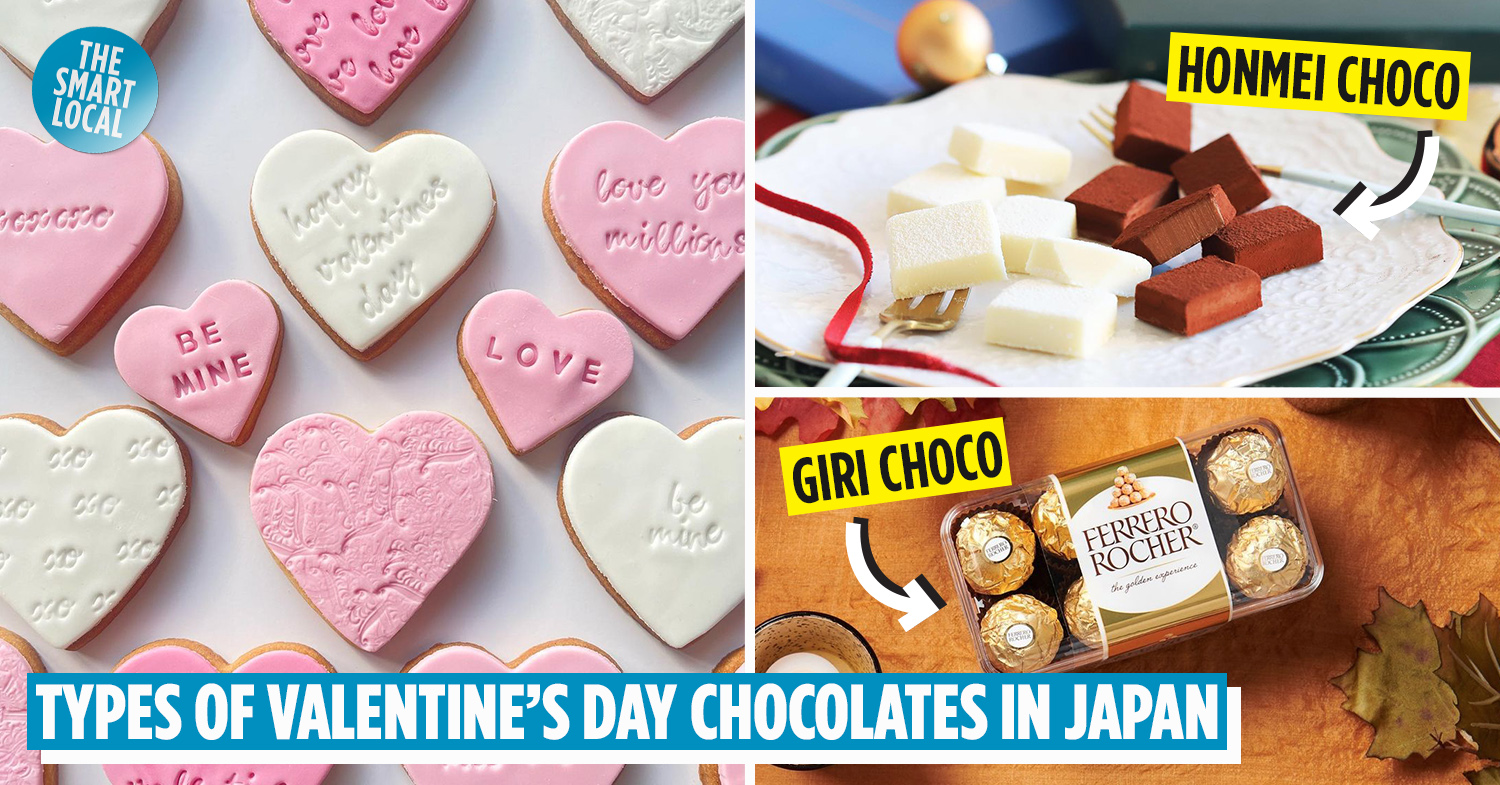Japan Valentine’s Day chocolate
It’s Valentine’s season, a.k.a time for us singles to buy ourselves some Valentine’s Day clearance chocolate and sit at home watching romance dramas. Of course, not all of us celebrate Valentine’s Day like that – it’s celebrated differently all over the world. In Japan, the tradition is for the women to gift the men chocolates, even if they aren’t romantically linked. Follow us as we take you through the various types of Valentine’s Day chocolate in Japan.
1. Honmei Choco – 本命チョコ
This is the type of chocolate most of us are familiar with – it is given to one’s significant other, crush, or just someone that they have romantic intentions towards.

An example of honmei chocolate
Image credit: @exbeaute_official
Honmei choco is usually carefully handmade by the sender. Those who can’t make chocolates will go for aesthetically pleasing, expensive store-bought chocolate in order to showcase their sincerity and feelings.
To all those lucky enough to receive honmei choco, make sure to appreciate the effort that the sender has put in, even if you can’t reciprocate their feelings.
2. Giri Choco – 義理チョコ
Known as “obligation chocolate”, giri choco is given to men that one has no romantic feelings for, and yet are socially obliged to give chocolates to as a token of their appreciation.
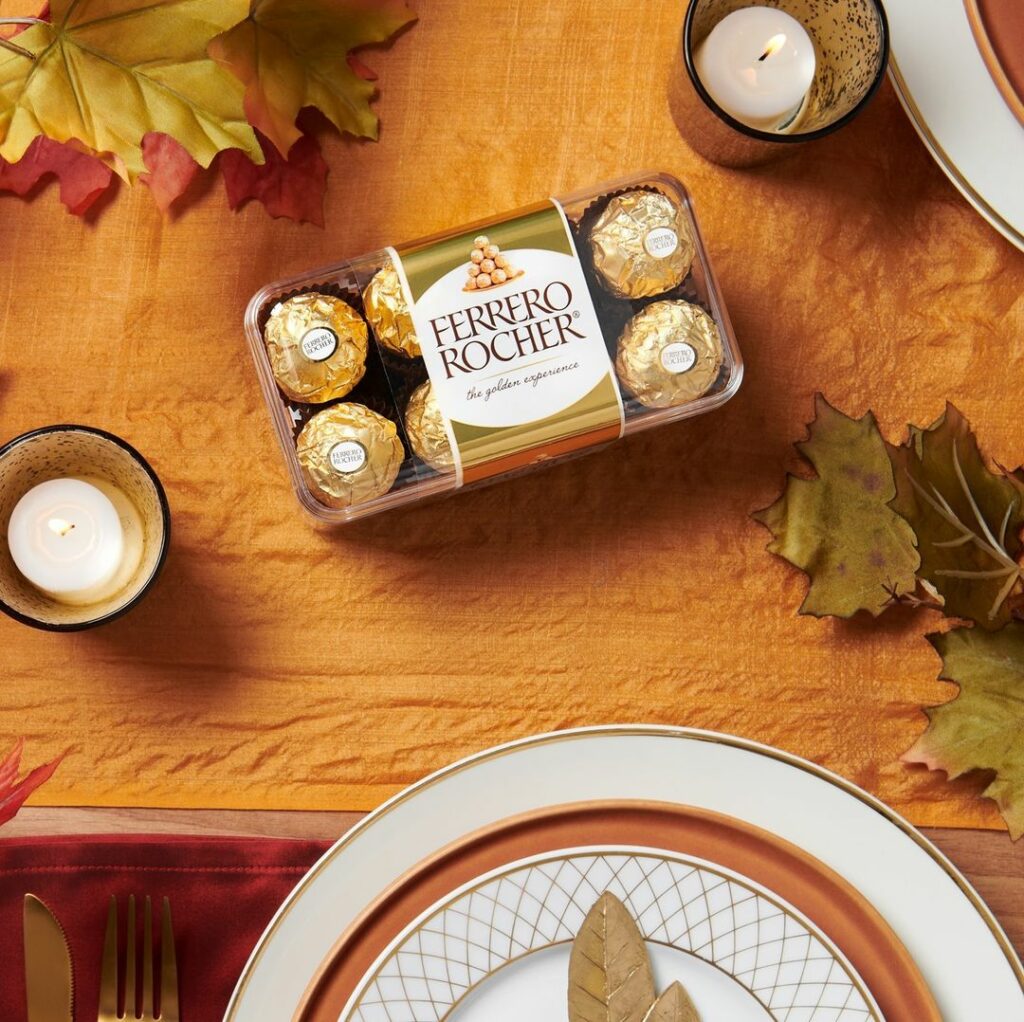
A popular example of giri choco
Image credit: @ferrerorocherusa
These people include coworkers, bosses, acquaintances, and even family members. Giri chocolates are usually much cheaper and less fancy than honmei choco, so as to not give the recipient the wrong impression.
There is a subset of obligation of giri choco known as cho-giri, which one gives to people out of pure obligation – people one might not necessarily know or like. There is more emphasis on the obligation aspect of the chocolate, as compared to giri choco.
3. Tomo Choco – 友チョコ
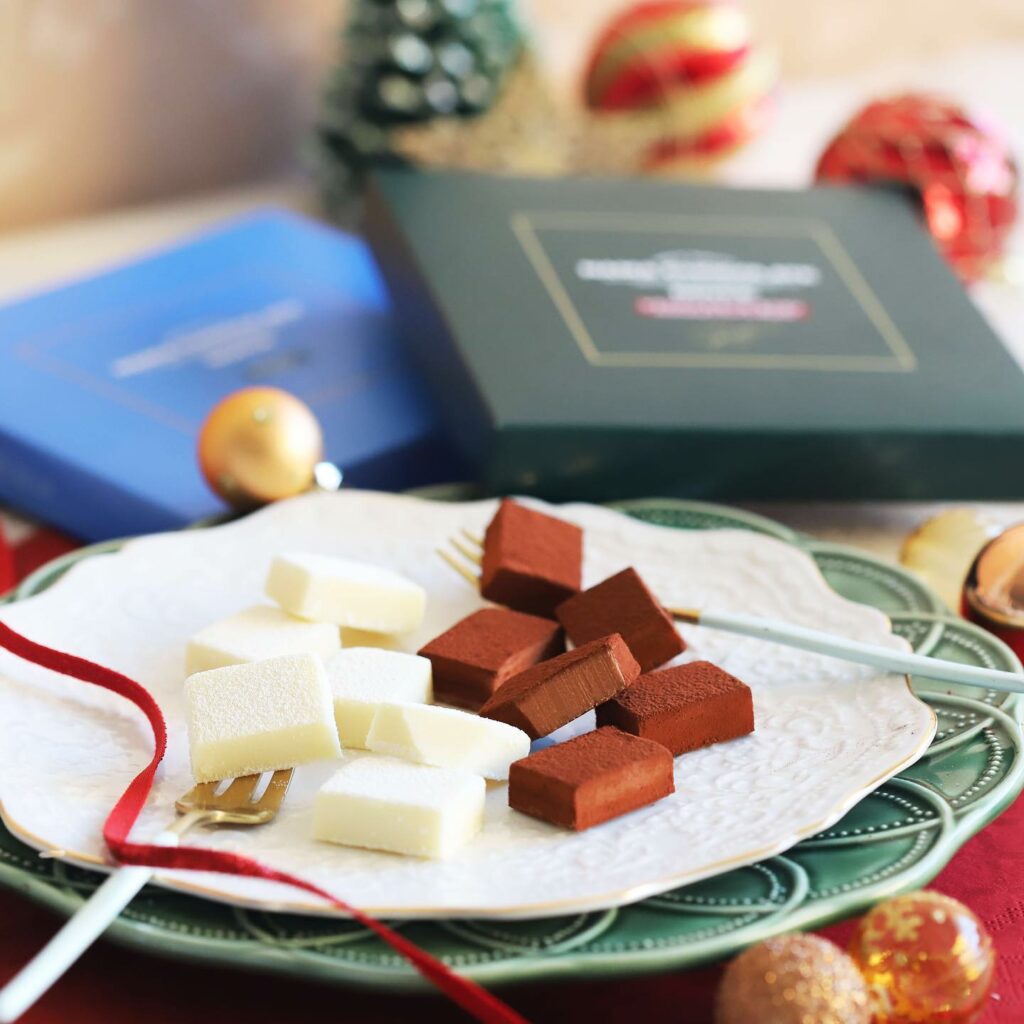
Image credit: @royce_jp
Just as the name suggests, tomo choco is meant for one’s friends – tomodachi(友達)in Japanese. These chocolates can be given to both male and female friends, although since women are usually the ones doing the giving, the recipients tend to be female as well.
Tomo choco is meant to celebrate platonic love between friends so as to not alienate those who do not celebrate Valentine’s Day or have no romantic partner.
4. Gyaku Choco – 逆チョコ
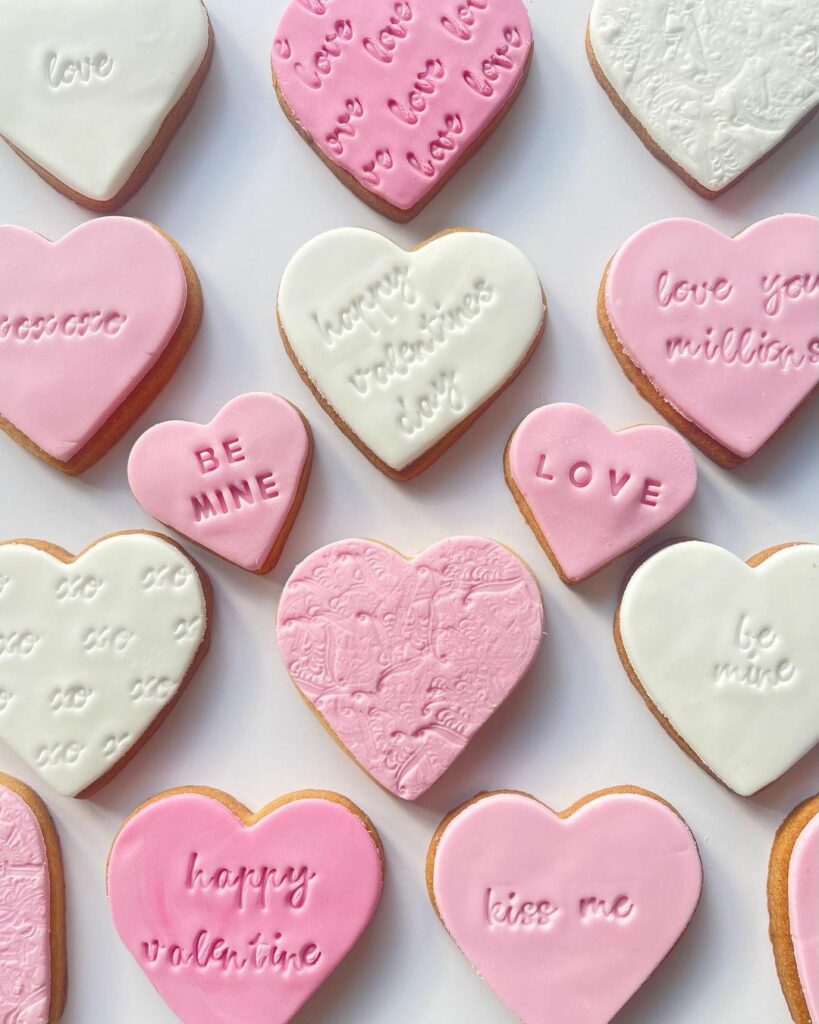
Image credit: @the.cookie.tab
Translated as “reverse chocolate”, gyaku choco refers to chocolate that’s given by men to women on Valentine’s Day. In other parts of the world, men and women exchange chocolates on Valentine’s regardless of gender, but in Japan, the women are usually the ones who give out chocolates on Valentine’s.
This is due to the existence of White Day, which is a “reverse” Valentine’s Day where the men give the women chocolates instead. It occurs on 14th March – exactly one month after Valentine’s. Men are supposed to return the favour to women who have given them chocolates on Valentine’s.
Much like honmei choco, gyaku choco is also usually either handmade or expensive, in order to showcase the degree of affection the sender has towards the recipient.
This practice is so popular that Rakuten Group in Japan even conducted a survey ranking popular Japanese celebrities based on who was most likely to make their own gyaku choco.
5. Jibun Choco – 自分チョコ
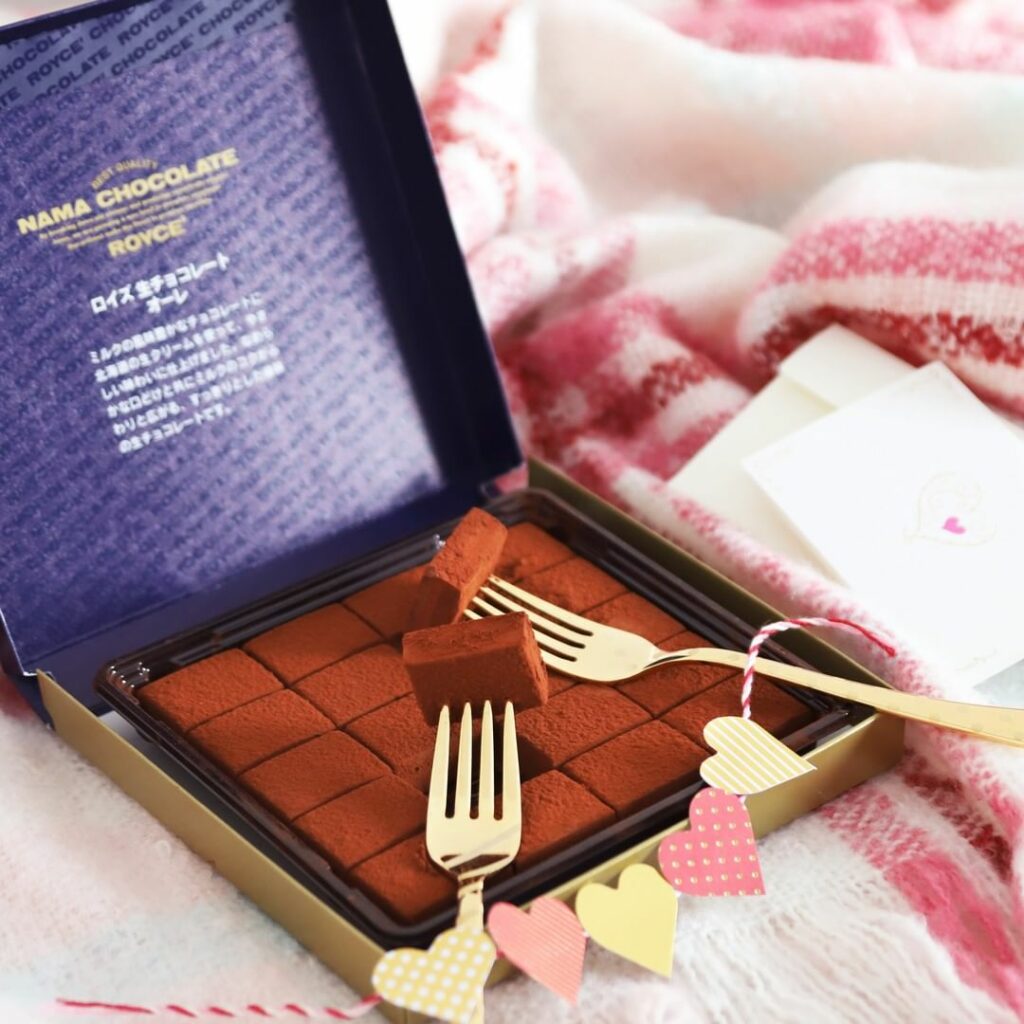
Image credit: @royce_jp
Last but not least, we have the jibun choco, or chocolate that one buys for oneself. Everyone deserves some chocolate on Valentine’s Day, so why should you be an exception?
There is no “usual” when it comes to jibun choco – it can come in any shape or form according to one’s personal preference, so just buy whatever your heart desires.
Japan’s Valentine’s Day chocolate
There are so many types of chocolates one could receive on Valentine’s Day, be it from a romantic partner, a cherished friend, or even yourself – you must learn to love yourself before you can love others, after all.
Happy Valentine’s Day, everyone!
Also check out:
- Japanese User Makes Adorable Studio Ghibli Cookies For Husband
- “Ecolate” Is An Eco-Friendly Chocolate Made From Cocoa Waste
- Tokyo Vending Machine Sells Love In A Can For ¥3,000, Available In Mar 2022
- Watch Your Favourite BL Scenes Come To Life At This Ikebukuro Boys BL Gakuen
- 11 Romance Manga To Read So You Can Fill The Void In Your Non-Existent Love Life
Cover image adapted from (clockwise from left): @the.cookie.tab, @royce_jp, and @ferrerorocherusa
